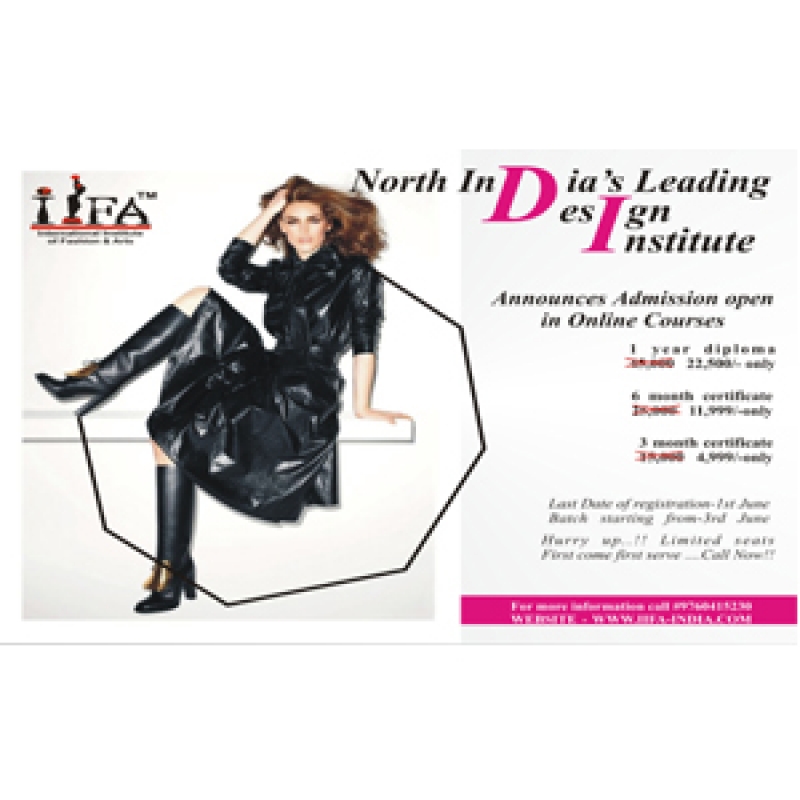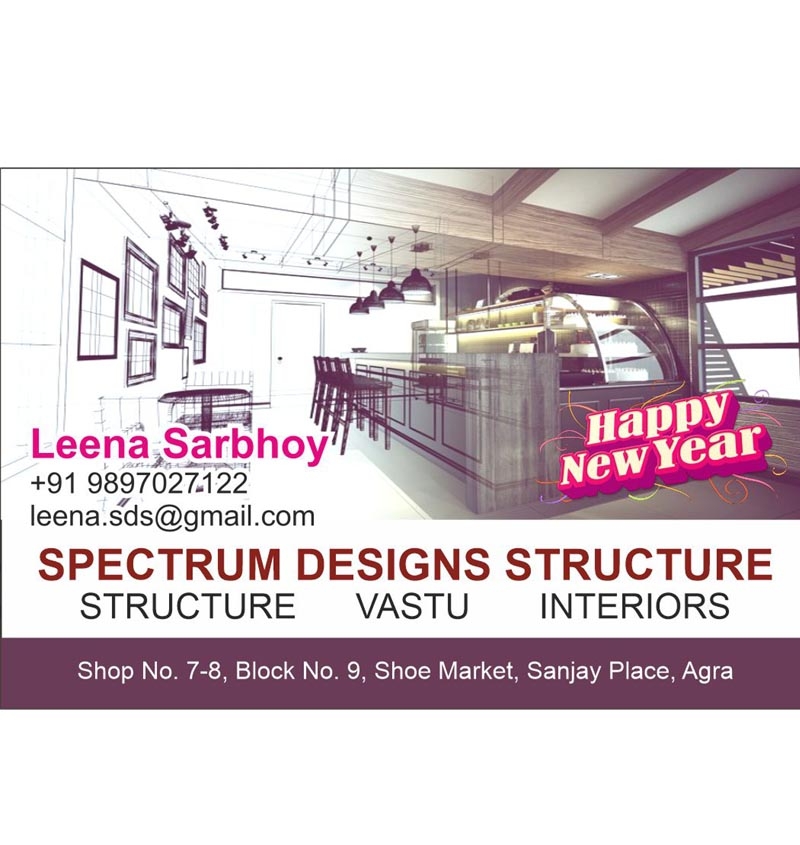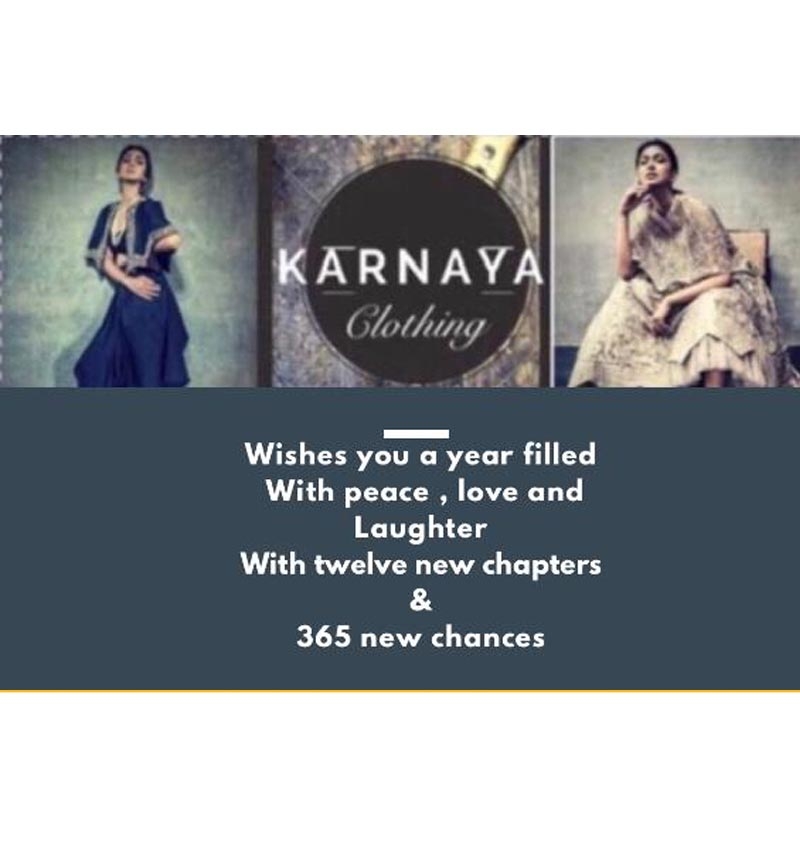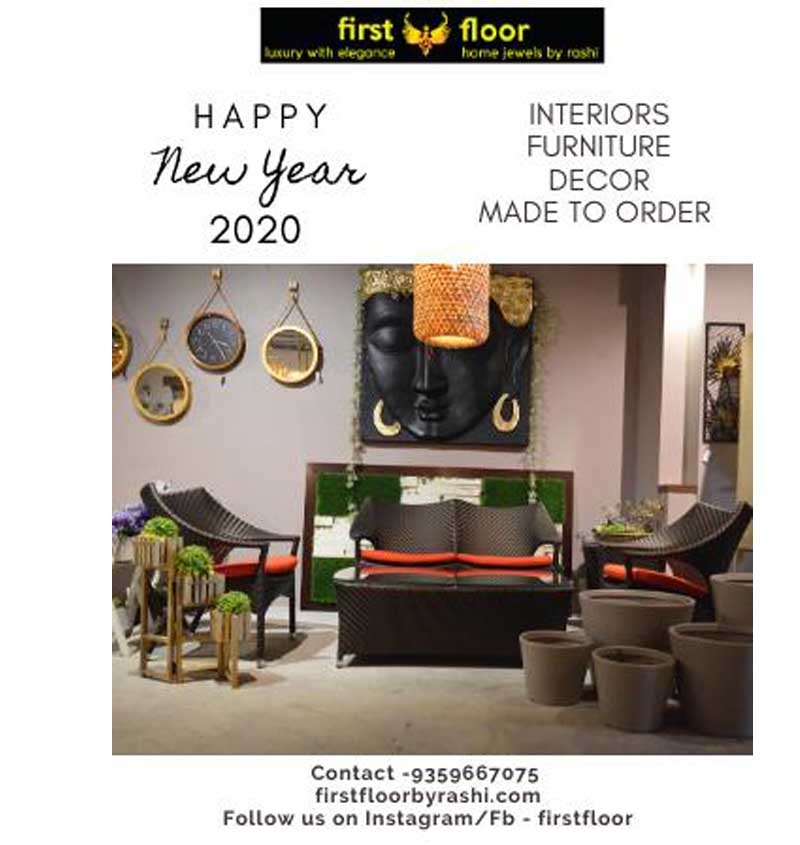The Origins of Haute Couture
The history of haute couture dates back to the mid-19th century, with Charles Frederick Worth often credited as the father of this distinctive form of fashion. Worth, a British designer working in Paris, established the first haute couture house in 1858. His designs were revolutionary at the time, offering a level of personalization and exclusivity that had not been seen before in the fashion world. He introduced the idea of creating collections that were showcased to clients in the form of "fashion shows"—a novel concept at the time—and tailored each piece to the individual body and style of his elite clientele.
Worth's influence transformed the fashion industry, setting the foundation for the future of haute couture. Paris, with its blend of culture, craftsmanship, and luxury, quickly became the global center for high fashion.
The Defining Characteristics of Haute Couture
Haute couture is defined by a set of strict criteria, ensuring that it remains an exclusive and prestigious category of fashion. The Chambre Syndicale de la Haute Couture, the governing body of haute couture in Paris, sets the standards for what constitutes haute couture. To be officially recognized as a haute couture house, a brand must meet the following conditions:
-
Made-to-Measure Garments: Each piece of haute couture is custom-designed and hand-crafted specifically for the client. The fit is tailored to the individual, ensuring that the garment conforms perfectly to the body.
-
Exclusive Materials: Haute couture garments often feature luxurious and rare fabrics, such as silk, satin, velvet, or embroidered lace. The materials are carefully selected for their quality, texture, and ability to elevate the garment's design.
-
Skilled Craftsmanship: The creation of a haute couture piece is a highly labor-intensive process. It often requires the work of multiple artisans, including pattern makers, seamstresses, and embroidery specialists. These garments can take hundreds of hours to complete, with each stitch and detail carefully considered.
-
Handwork and Artistry: Many haute couture designs incorporate intricate handwork, such as delicate beadwork, embroidery, and appliqué. These details add a level of artistry and personalization that is difficult to replicate in mass-market fashion.
-
Exclusivity and Limited Production: Haute couture collections are often produced in very limited quantities—sometimes only one or two pieces of a design are made. Clients are guaranteed unique creations, as these garments are not reproduced for the general market.
-
Presentation: Haute couture collections are typically presented through private runway shows or individual fittings, often in an intimate setting. This ensures a personalized experience for the clients, who are sometimes celebrities, royalty, or other members of the elite.
Haute Couture Today: A Blend of Tradition and Innovation
Although haute couture has been around for over a century, the industry continues to evolve, adapting to the changing demands of modern fashion. Designers blend traditional techniques with innovative concepts, pushing the boundaries of what couture can be. While some houses remain deeply rooted in classical styles, others explore avant-garde designs, showcasing high art and creative expression.
Contemporary haute couture designers such as Karl Lagerfeld (Chanel), Jean-Paul Gaultier, Christian Dior, Valentino, and Elie Saab continue to uphold the tradition while experimenting with new forms, fabrics, and technologies. For instance, digital tools and 3D printing are beginning to play a role in the creation of haute couture pieces, allowing for even more intricate and futuristic designs.
Despite the changing landscape, the essence of haute couture remains unchanged: it is about creating one-of-a-kind, breathtaking garments that are true works of art. These pieces transcend fashion; they are investments in craftsmanship, beauty, and luxury.
The Exclusivity and Accessibility of Haute Couture
Haute couture is often associated with wealth and privilege. The cost of a single piece can be astronomical, often reaching hundreds of thousands of dollars, making it accessible only to a select few. However, the influence of haute couture extends beyond the realm of the super-wealthy. High fashion shows and couture collections often inspire trends in the ready-to-wear market, trickling down into mass fashion. Elements of couture craftsmanship, such as embellishments, fabric choices, and silhouettes, often appear in more affordable lines, allowing the broader public to experience a taste of the luxury and creativity that haute couture represents.
Haute Couture's Role in the Fashion Ecosystem
Though haute couture represents only a small fraction of the fashion industry in terms of volume, its influence extends far beyond its limited production. Couture serves as a creative laboratory, where designers can experiment without the constraints of mass-market production. These high-fashion creations often set the tone for upcoming trends and inspire ready-to-wear collections seen on store racks worldwide.
Moreover, haute couture plays a vital role in sustaining the art of craftsmanship. The detailed work involved in haute couture garments supports a network of skilled artisans—embroidery specialists, shoemakers, milliners, and other craftsmen—whose talents would otherwise be at risk of disappearing. Haute couture ensures that these techniques remain alive, passed down through generations.
The Future of Haute Couture
The future of haute couture is both exciting and uncertain. While the industry has faced challenges in recent years—economic downturns, changing consumer preferences, and the rise of fast fashion—the allure of couture remains undeniable. As fashion continues to evolve, haute couture will likely remain a symbol of luxury, innovation, and artistry, while adapting to the needs of a new generation of fashion connoisseurs.
In a world increasingly driven by technology and mass production, haute couture continues to be a reminder of the timeless importance of craftsmanship, creativity, and the enduring power of bespoke artistry. For those lucky enough to experience it, haute couture will always be more than just clothing—it will be an immersive, emotional experience that speaks to the very heart of fashion.
Conclusion
Haute couture is not just about clothing; it's an art form that combines technique, tradition, and innovation. The journey from fabric to finished garment is a labor of love, demanding the highest level of skill and dedication. Despite the pressures of the modern fashion world, haute couture remains a cherished space where luxury, craftsmanship, and individuality take center stage. It reminds us that fashion is not only about what we wear but about the artistry and creativity that shape the clothes we cherish.



















Your Message